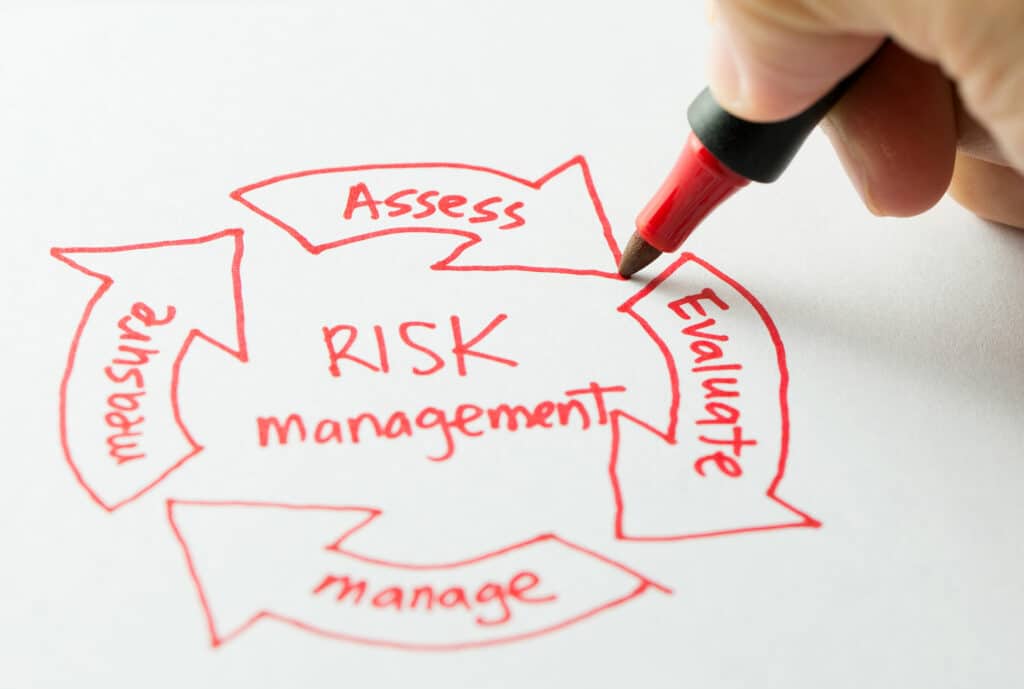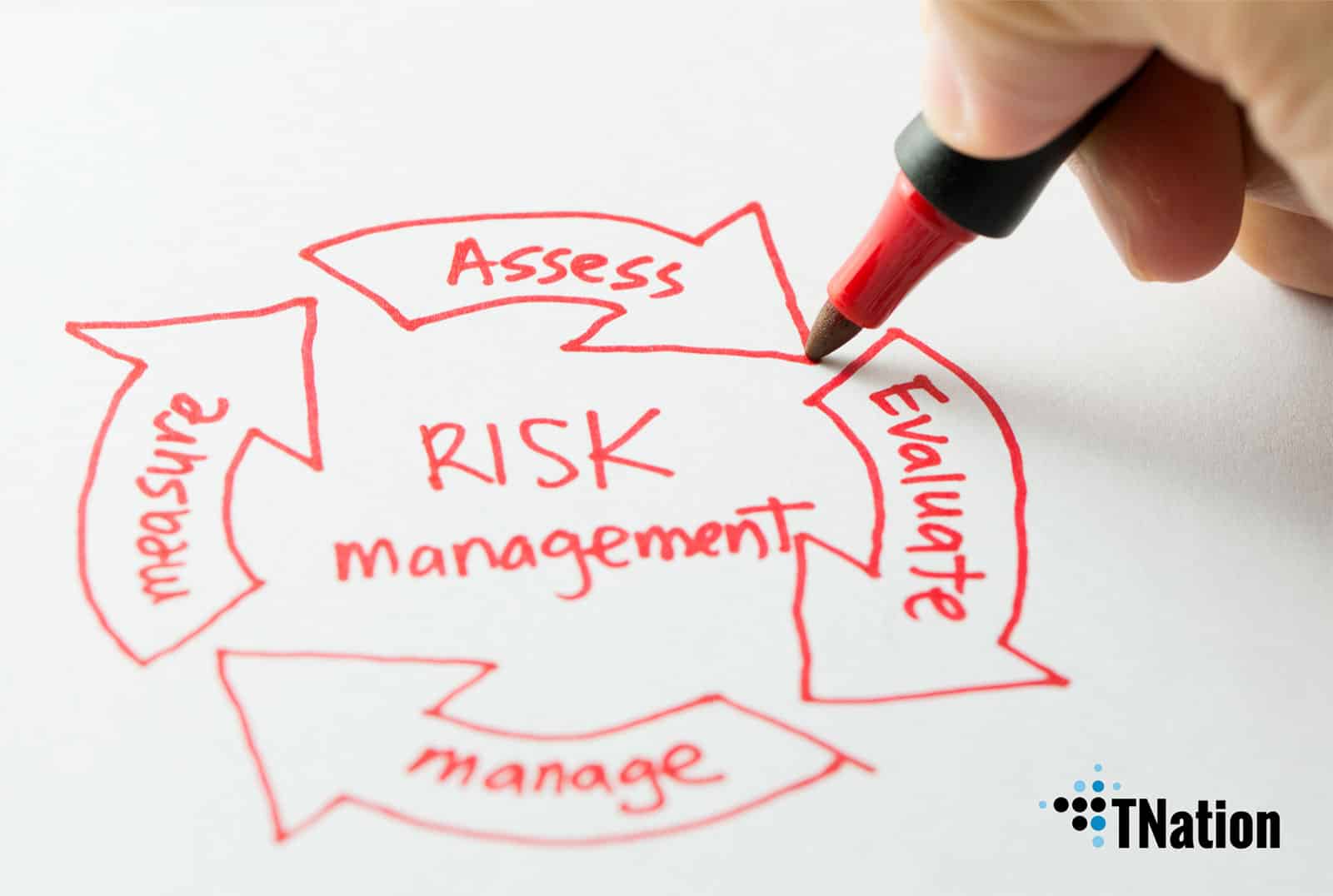Software development risk assessment is something every organization should be practicing. It’s a practice used in not only software development but also a tried-and-tested way of controlling the risks involved in producing software or any other project development.
Software development risk assessment offers a fully fleshed-out approach that gives you more control over your projects and project management processes while improving the output quality of new software.
One of the most critical elements for every software project is to ensure that the development will be completed on time and within budget. Unfortunately, that does not always happen because risk assessment and management are often overlooked for time to market. Whichever way you look at it, this forgotten and silenced practice is supposed to reduce the cost of expensive IT projects and provide business benefits in the form of quality IT solutions.
Software development risk assessment is one of the most critical and essential processes any enterprise should have. Why? Because it can save you millions of dollars and a loss of reputation if you’re able to identify risks and mitigate them before they happen. In this blog post, we’ll discover what software development risk is, what you can do to minimize it, and how software development assessment can improve your business.
How Does Software Risk Affect Your Business? Top Mistakes That Cost You Time And Money
In software, the risk is a part of the development process as the code itself. The goal of the software is to be different and offer something no one else has. That often includes new features, efficiency, or exploiting innovation in software engineering. Behind all this, any project executive will tell you that each invention is never without risk.
For example, the moment you started your business, you took a risk that it might not succeed. Despite discouraging comments from people surrounding you, you took a leap of faith and plunged into the unknown. Risk is always a part of a business deal. Some may be smaller, and some have devastating outcomes. Either way, there is no success without the risk.
It is the same in software development. Thousands of intricate factors can have an outcome on the final software product. So let’s rephrase Alexander Pope’s Essay on Criticism here to explain software development risks.
“To err is human, to evaluate divine.”
What are Software Development Risks?
Software development risks are uncertain events that may positively or negatively impact a project. In simple terms, it is a potential problem that may arise further down the project line. Like a risk in business, it may compromise the entire project’s success and therefore influence your business.
Software development uses the technology and knowledge of software engineers. As a result, each project contains a level of uncertainty. That is a project risk, and there is always a possibility that certain technologies will not correlate well or the software will be overly complicated.
Project managers commonly focus on scope, time, and budget limitations. However, risks significantly impact these three and, therefore, the entire business. If, for example, a software company or a client alters a feature for whatever reason, it increases the time and budget necessary to complete the project. In essence, a risk may not happen until you start the project.
However, starting a project with a set risk analysis and management gives you a more precise answer to many questions and possible solutions. Hence, you must identify, assess, prioritize and manage the risks.
How to Stop the Threats? 4 Steps to Perform Software Development Risk Assessment
Software development risk assessment is a process that identifies, analyzes, and prioritizes the potential risks associated with a project. It helps you identify, assess, and manage these risks before they become problems. Every project, regardless of its size, is susceptible to risk.
Why do we need to perform a risk assessment? First, because software has become an integral part of our daily lives, we depend on it in countless ways. Therefore, the security of software systems is essential for our safety and well-being. But there are many other threats to this security: bugs, errors, and failures.
The best way to stop these threats is by performing a software development risk assessment and identifying the risks that may affect your software and system. The risk assessment is divided into three subcategories: risk identification, risk analysis, and risk prioritization. This process can help you prevent any potential problems from happening in the future.
Here are four steps you can take to perform software development risk assessment:
Identify the risks
Risk identification is identifying, analyzing, and prioritizing risks for a software project. When we talk about software risk identification, we’re talking about establishing potential problems before they occur and developing strategies for dealing with them. Preferably, we can identify which areas pose the biggest threat. And then, we can use techniques to learn more about them and ultimately de-risk them.
Six common factors can affect a software outcome:
Technology risks: Risks that appear from the technologies used to develop the software.
People risks: Risks that are directly related to members of the development team.
Organizational risks: Risks that are about the corporate environment where the software is developed.
Tools risks: Risks caused by the software tools used to build the software project.
Requirement risks: Risks resulting from the changes to the client’s requirement.
Estimation risks: Risks that are a direct result of estimates of the resources required to build the software
Analyze your risks
Software engineering risk analysis is the process of finding the potential risks and consequences and acting accordingly to the knowledge. There is much experience and knowledge related to the previous projects involved here. There is no exact mathematical solution but rather a close estimate in percentage.
Plan risk responses
After prioritizing the risks according to their type, the project manager usually crafts a plan to note and monitor them. The program also outlines the response to take in such cases. The essence of the goal is to describe and highlight the most likely threats according to their severity.
Manage risks
Risk management is the process of identifying and mitigating risk. Each risk affects all aspects of the project, such as budget, schedule, and scope. Moreover, risk management is divided into assessment, monitoring, and control.
After establishing potential risks, a designated person, usually the project manager, monitors for changes in the product, process, and business based on the potential risks. Should there be any changes, the manager must take action to control or contain threats.
Using Software Development Risk Assessments to Reduce Business Risks
Whether or not you work in software development, risk assessments are essential throughout the business world. By informing yourself of the potential risks of a business, you can save your company from future headaches and complications.
At the end of the day, though, there’s no substitute for research. Whether you’re running a small business or working in-house at a larger corporation, there’s always something that could go wrong, and your first step should be conducting some research by finding out more about potential issues.
It is the same with software projects. There’s always a risk something could go wrong. For example, you might spend more money than expected, deliver the product later, or even develop a flawed, buggy product. To minimize these risks in advance before they do real damage to your business, you can use risk assessments.
A risk assessment plan provides a complete picture of everything that could go wrong, so you can identify the most critical risks and work on methods to fix them. The earlier you start, the better. An early risk assessment will catch any issues with your plans before they spiral out of control and consume vast amounts of time and money.
We value quality above everything while building custom software solutions as a software company.




